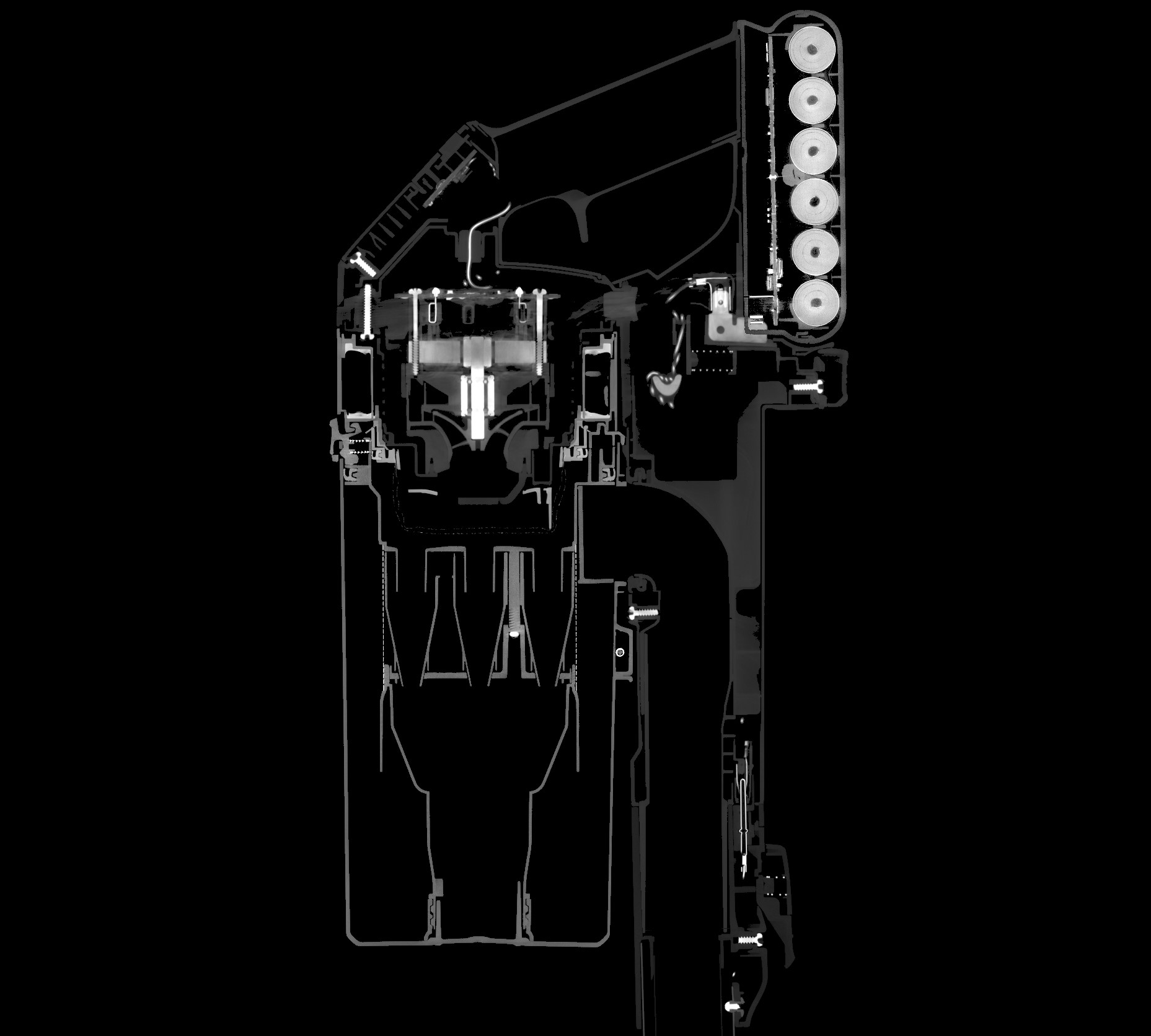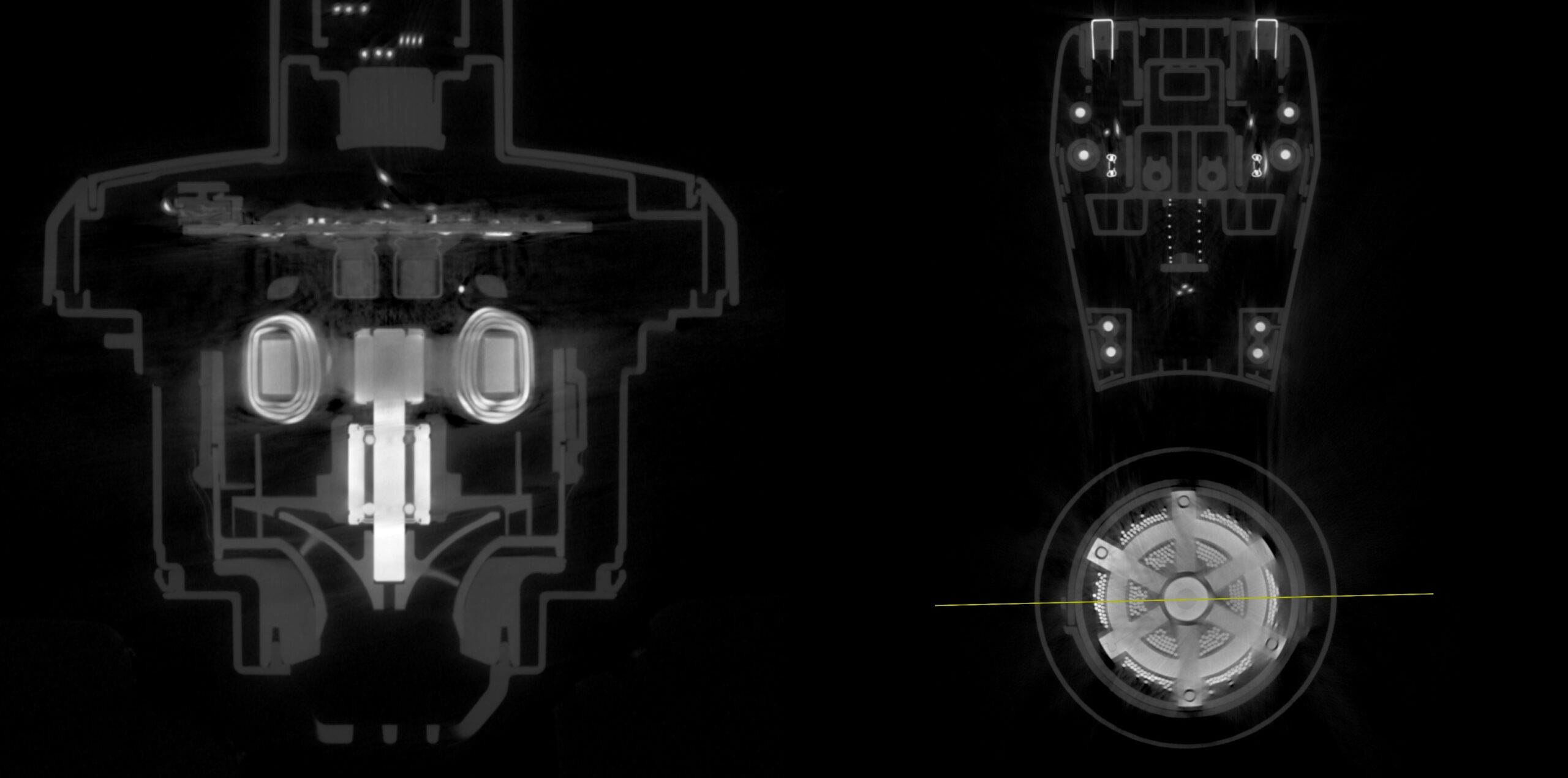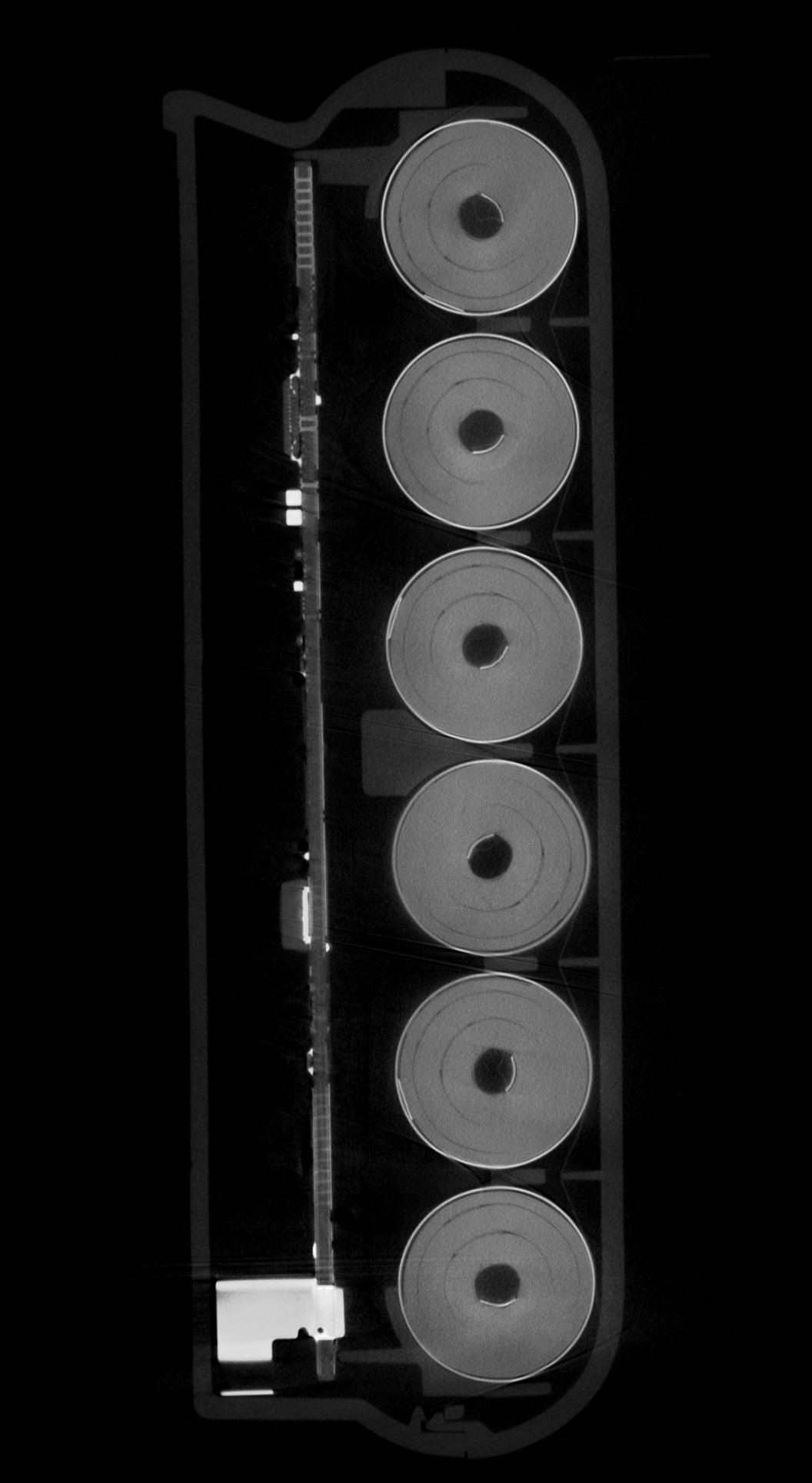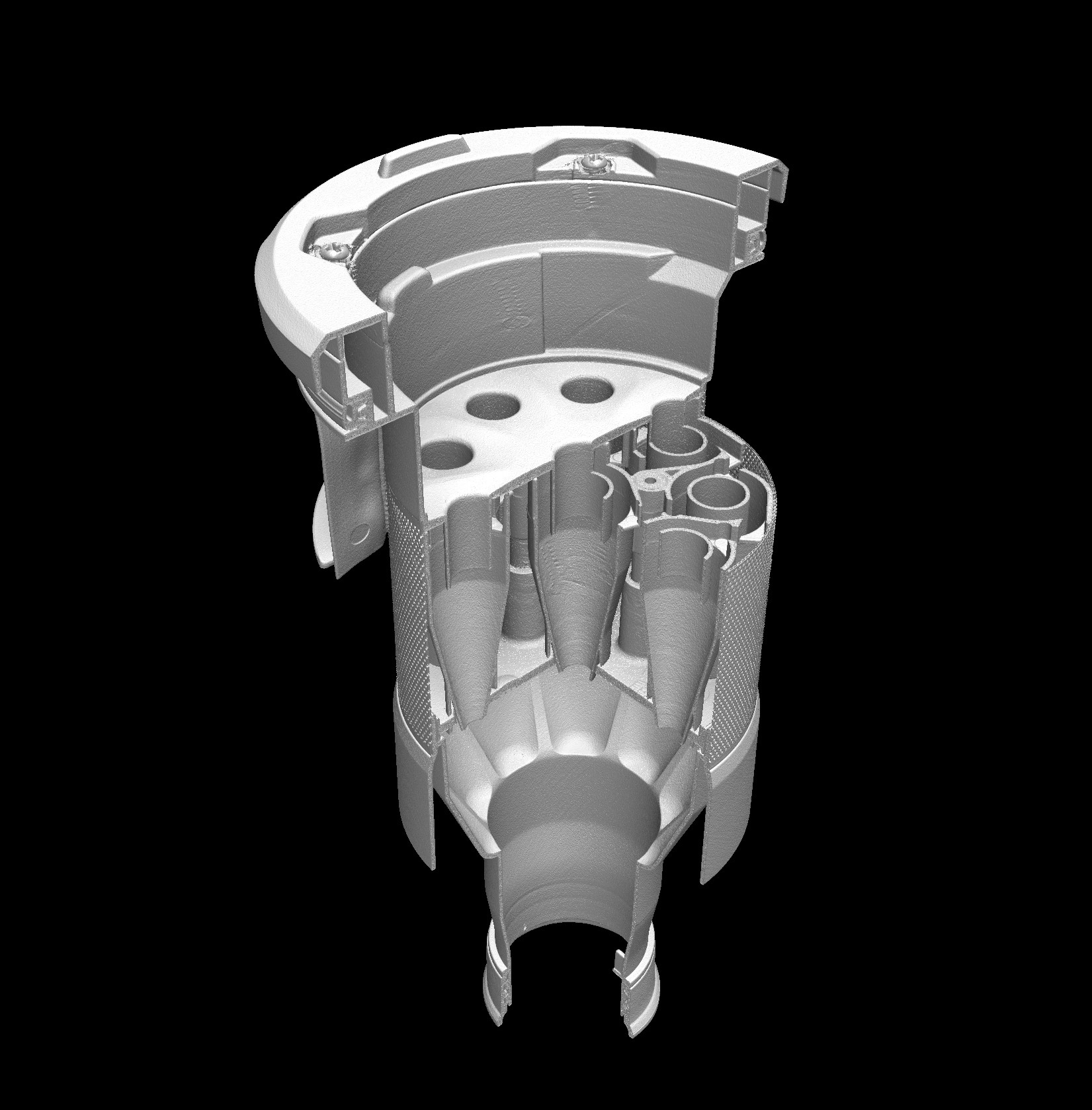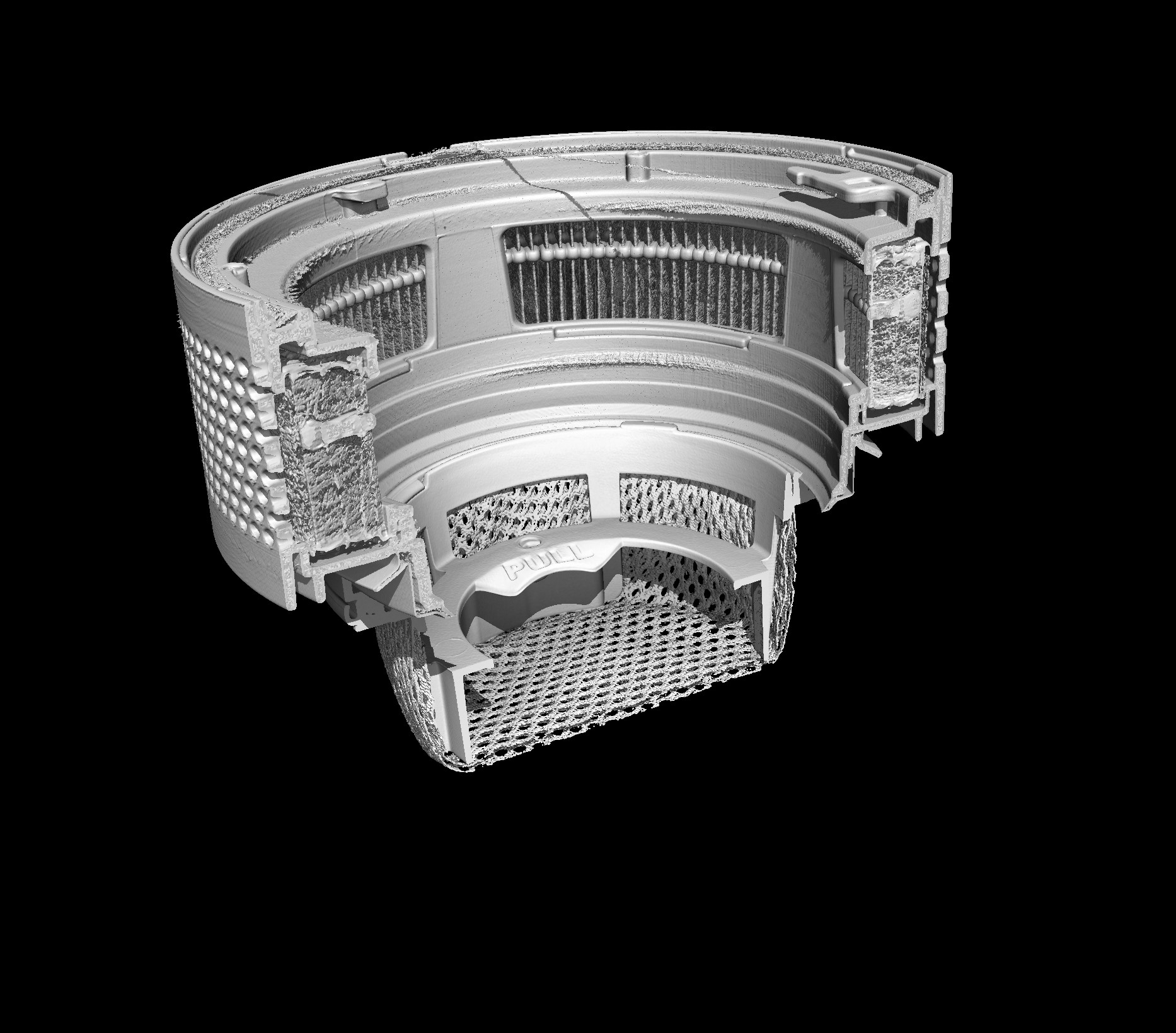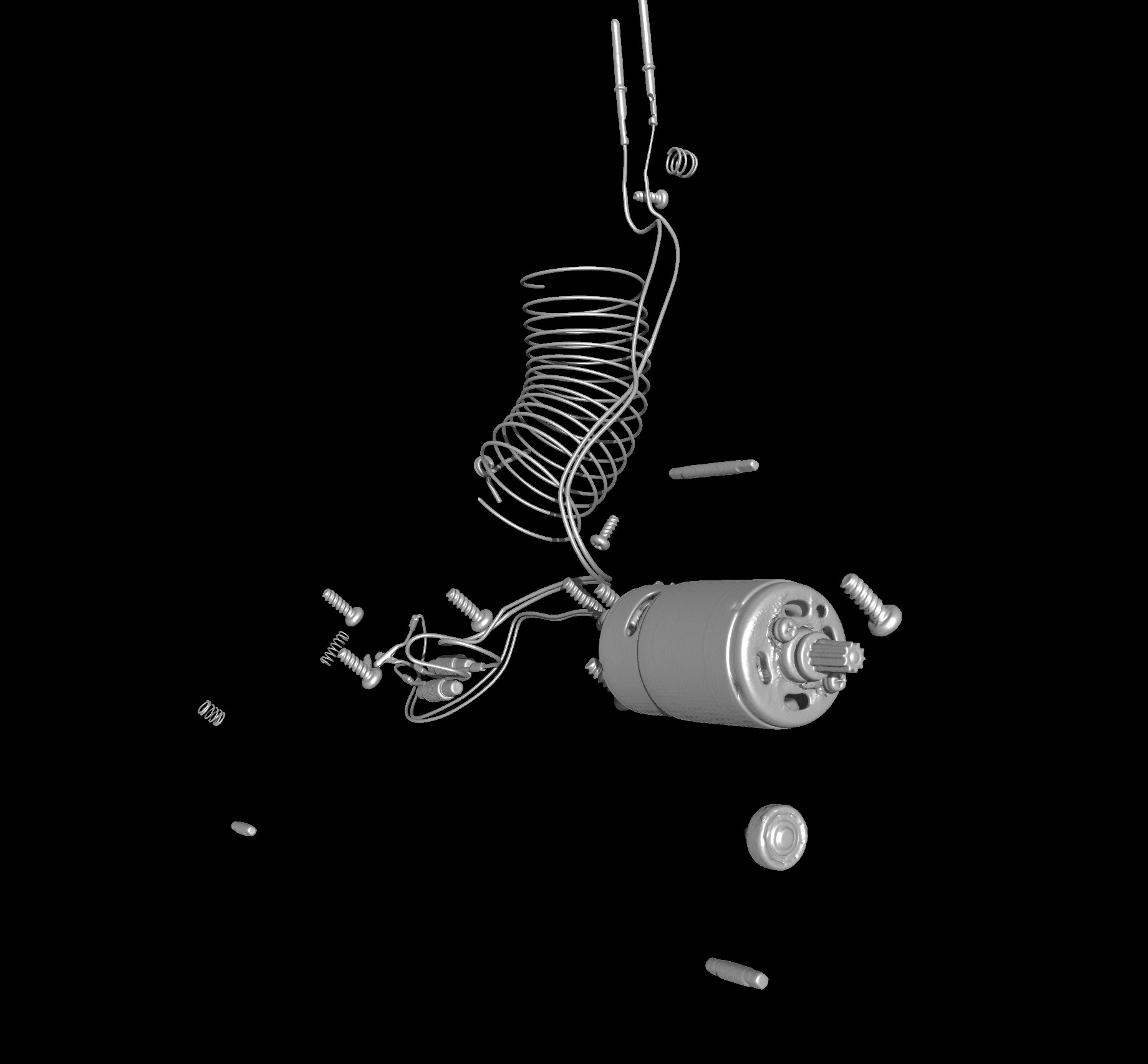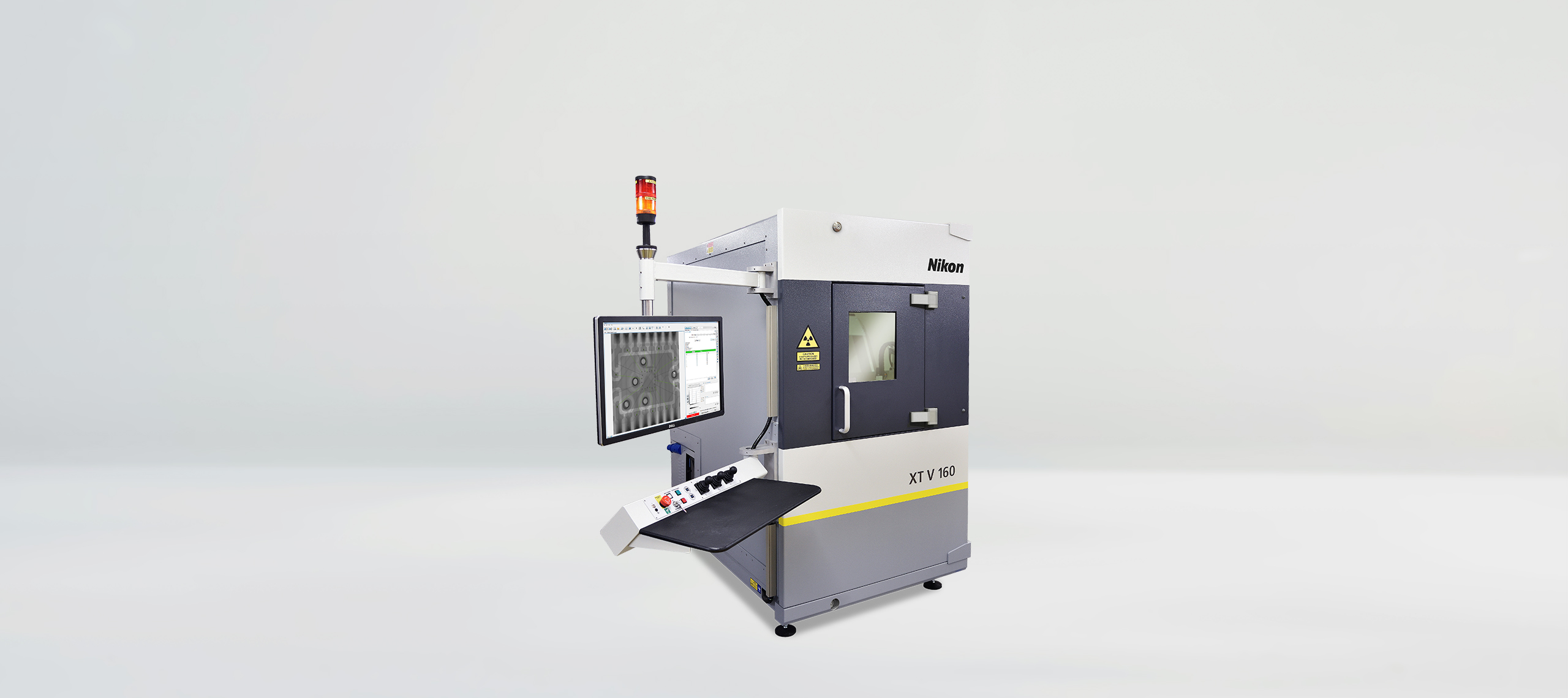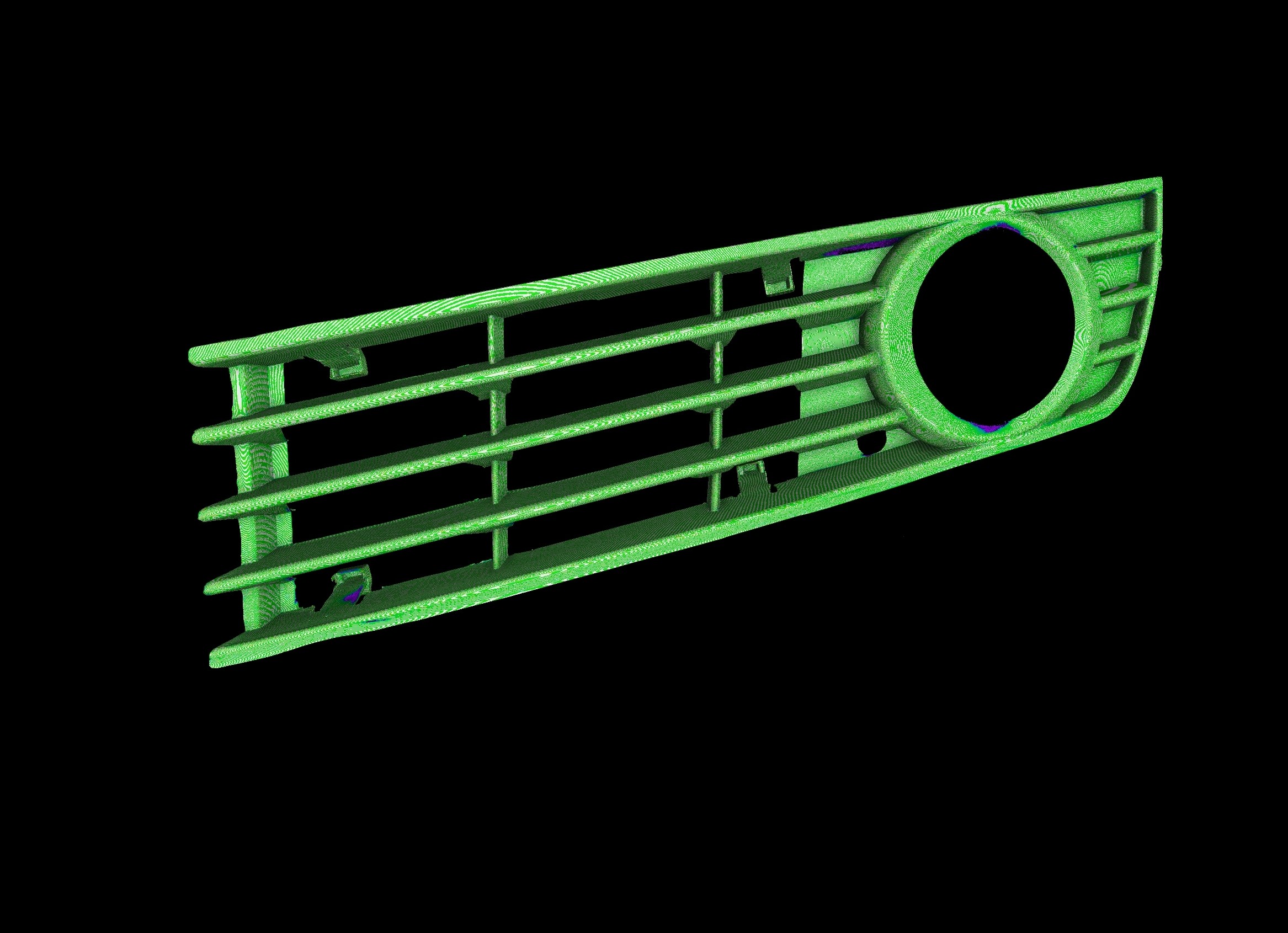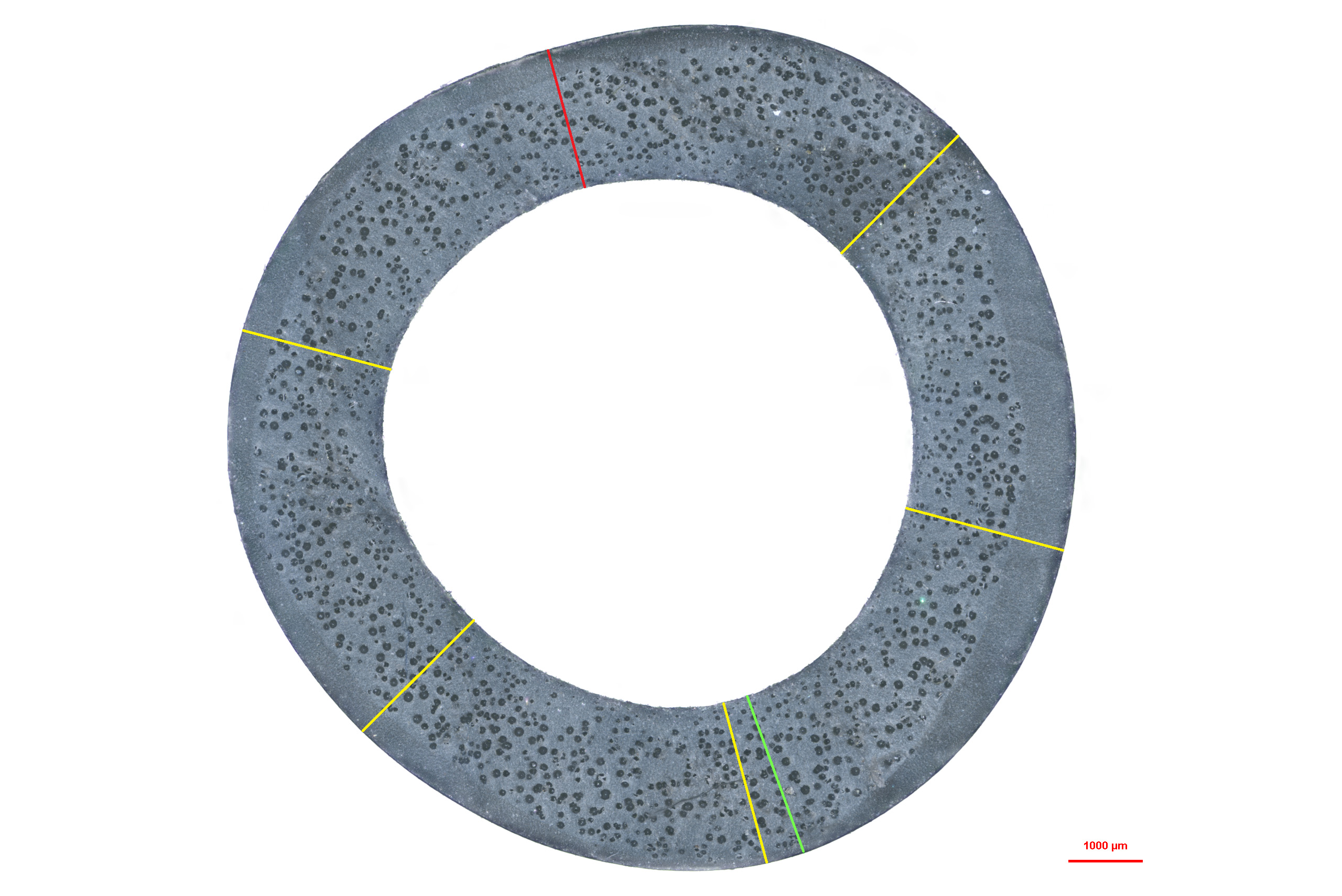Spring, with its sense of renewal and rejuvenation, is the ideal time to give your home a deep clean! Spring cleaning offers the chance to refresh your living space, welcoming the new season with a tidy and organised home.
This tradition can be traced back to the early days of farming, when it was time to clear out and clean cellars and attics to prepare for new harvests.
The practice continued and spread to homes heated by fireplaces and coal stoves.
To stay warm, these houses were kept closed throughout the winter, and the coming of spring allowed for the central heating to be turned off, the house to be aired out, and the remnants of winter to be cleaned away.
And in modern times, is there a better tool than a vacuum cleaner to help with this cleaning?
This month, James Finch, Application Engineer X-ray & CT, has scanned a vacuum cleaner to uncover the mysteries hidden inside!
The X-ray CT scans were acquired using Nikon’s helical acquisition algorithm (X.Tend) at an X-ray energy of 450 kV and an effective pixel size between 81 µm and 213 µm, using the Nikon C2 system. This system houses three X-ray sources (a Nikon 450kV microfocus with rotating target, a Varian 450kV minifocus, and a Nikon 225kV microfocus with interchangeable rotating and reflection targets), and two detectors (a flat panel and a Nikon curved linear diode array).
James conducted scans of various components, including the battery, brush, cyclone chamber, filters, head, motor, shaft, and tank – a process that took around 7 hours in total.
These scans provide us with valuable insights into the crucial components housed within the vacuum cleaner:
- Motor: the heart of the vacuum, generating power to create suction and usually located near the base of the vacuum.
- Fan: connected to the motor, the fan creates airflow within the vacuum, drawing in air along with dirt and dust particles. This airflow is crucial for the vacuum’s suction capabilities.
- Battery: provides the power to run the electrical components. Without this the vacuum cleaner would require a power cord plugged into the wall. Having the battery enables the vacuum to be used wherever it is needed.
- Cyclone chamber: this creates vortexes within the vacuum, which separates the larger particles from the air flow. Using this system helps to maintain the suction power of the vacuum.
- Filter: as air is drawn into the vacuum, it passes through a filter designed to trap dust, allergens, and other particles. High-quality filters are capable of capturing even the smallest particles, making them ideal for households with allergy sufferers.
- Dustbin or bag: once trapped by the filter, dirt and debris are collected in either a dustbin or a disposable bag
- Brushes and rollers: many vacuums feature rotating brushes or rollers that agitate carpet fibres and dislodge dirt for more effective cleaning. These brushes can be adjusted or replaced to accommodate different floor types and cleaning needs.
Check out this fascinating video to explore each of these components as they are scanned individually:
When all these parts work together, a vacuum cleaner can powerfully and efficiently remove dirt, dust, and debris from surfaces throughout your home, leaving your living space clean and refreshed. So, get ready, switch on your hoover, and let the Spring cleaning commence!
